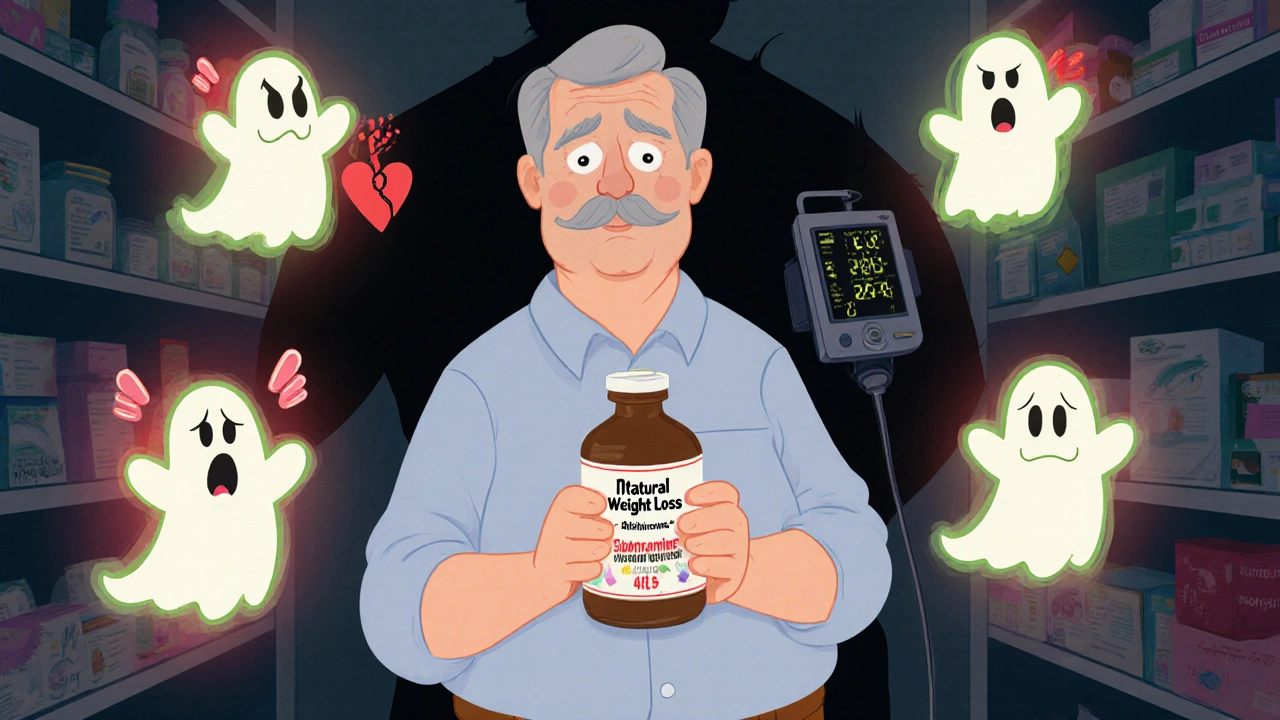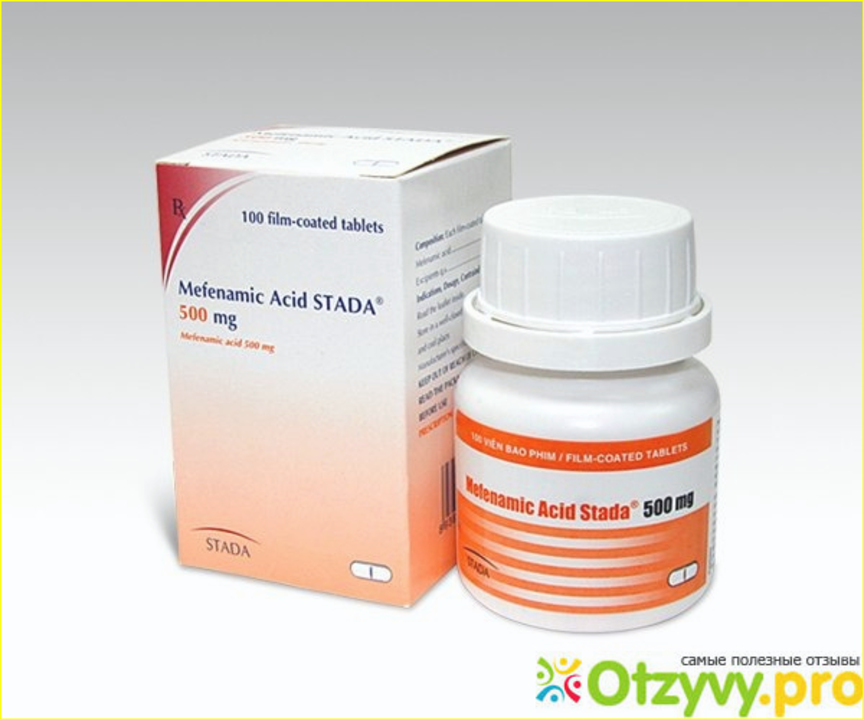Drug interactions: what to watch for and how to stay safe
Ever started a new pill and felt odd a few days later? That might be a drug interaction. Some combos cause mild issues like nausea or dizziness; others can be dangerous, even life-threatening. This page gives real, usable tips so you can spot risky pairs and act fast.
Common high-risk combos
Here are clear examples you should know:
- Grapefruit juice + certain statins (like atorvastatin) or some blood pressure meds: grapefruit can raise drug levels and increase side effects.
- Warfarin + antibiotics (trimethoprim-sulfamethoxazole, metronidazole) or NSAIDs: these can raise bleeding risk or change INR.
- MAOIs + SSRIs or certain migraine drugs: mixing can cause serotonin syndrome — high fever, fast heartbeat, confusion. Dangerous and needs urgent care.
- St. John’s wort + oral contraceptives, warfarin, or some antidepressants: it speeds drug breakdown and can make medications less effective.
- Potassium-sparing diuretics or ACE inhibitors + potassium supplements or spironolactone: risk of high potassium (arrhythmia risk).
- Multiple QT-prolonging drugs together (some antibiotics like azithromycin, anti-nausea meds like ondansetron, some antidepressants): rare but can trigger dangerous heart rhythms.
- OTC decongestants (pseudoephedrine) + blood pressure meds: can raise blood pressure and counteract treatment.
How to check and what to do
Keep a single list of every drug, supplement, and herb you take. Show it to every doctor and pharmacist. When you’re prescribed something new, ask directly: “Any interactions with my current meds or supplements?”
Use trusted online tools like the Drugs.com interaction checker or your pharmacy’s system to run a quick check. These tools flag serious risks and suggest monitoring steps.
If you notice sudden symptoms after starting a new combo — severe dizziness, chest pain, severe headache, difficulty breathing, a strange rash, or fainting — stop the new drug if safe and get urgent medical help.
For less urgent concerns (mild nausea, sleep changes, mild swelling), call your pharmacist or prescriber. Sometimes dose changes, timing adjustments, or a different drug solves it.
Extra tips: avoid stopping prescription drugs suddenly without advice (some need tapering). Don’t assume “natural” means safe — many supplements interact with meds. And when buying medications online, only use reputable pharmacies that ask for prescriptions and list pharmacist contact info.
Want a quick action plan? 1) Make a meds list. 2) Check interactions before starting anything new. 3) Call your pharmacist for immediate questions. That simple routine prevents a lot of trouble.



